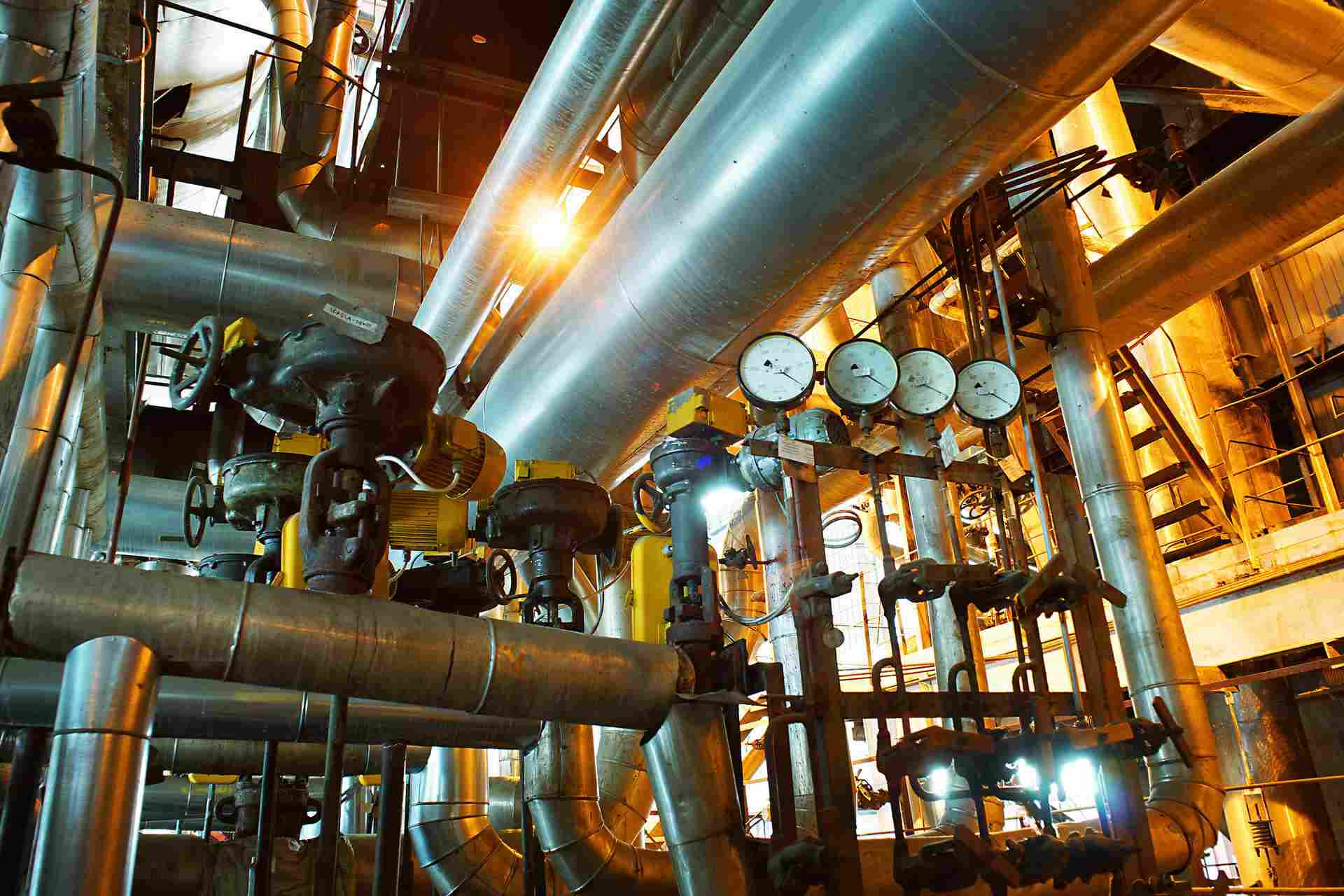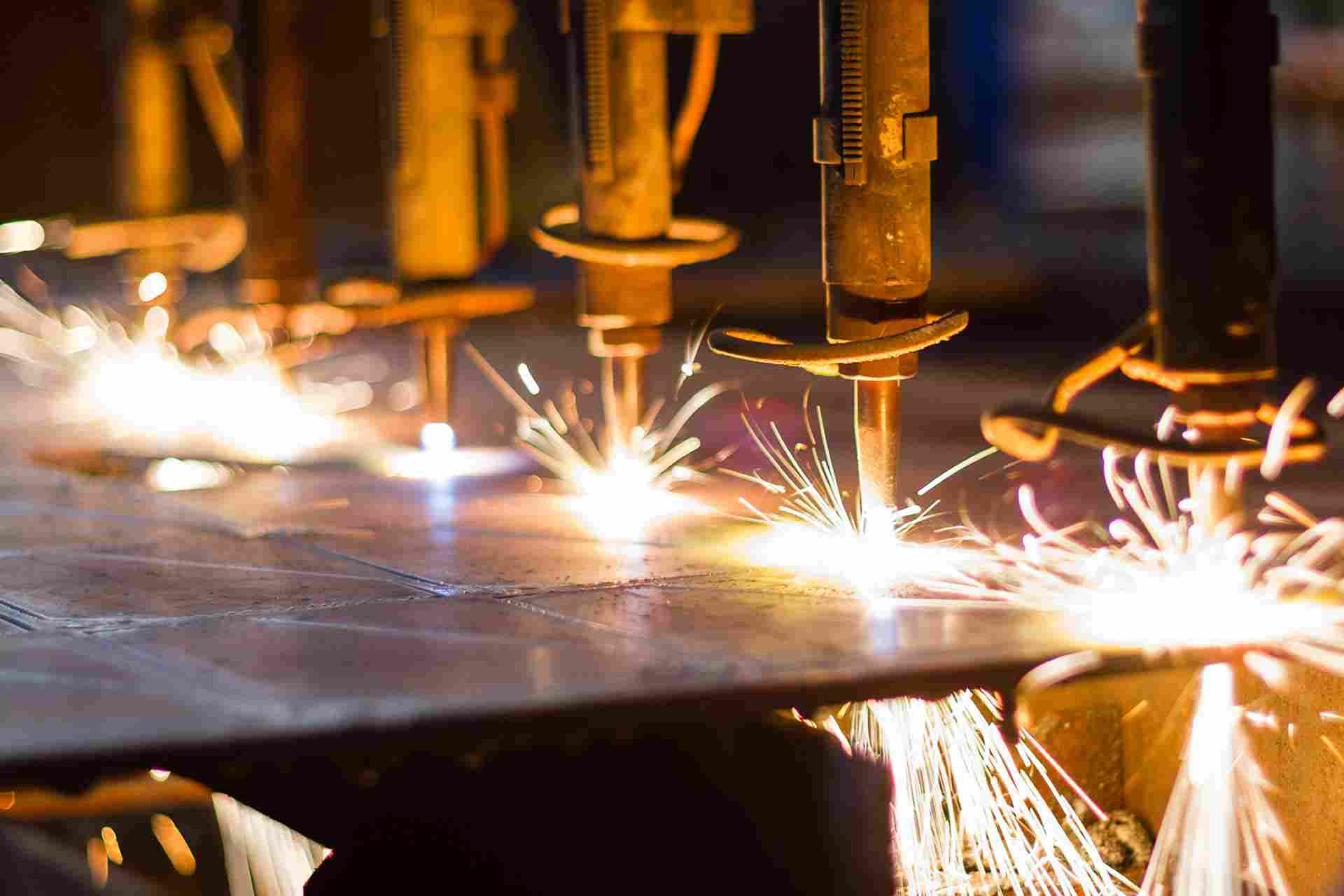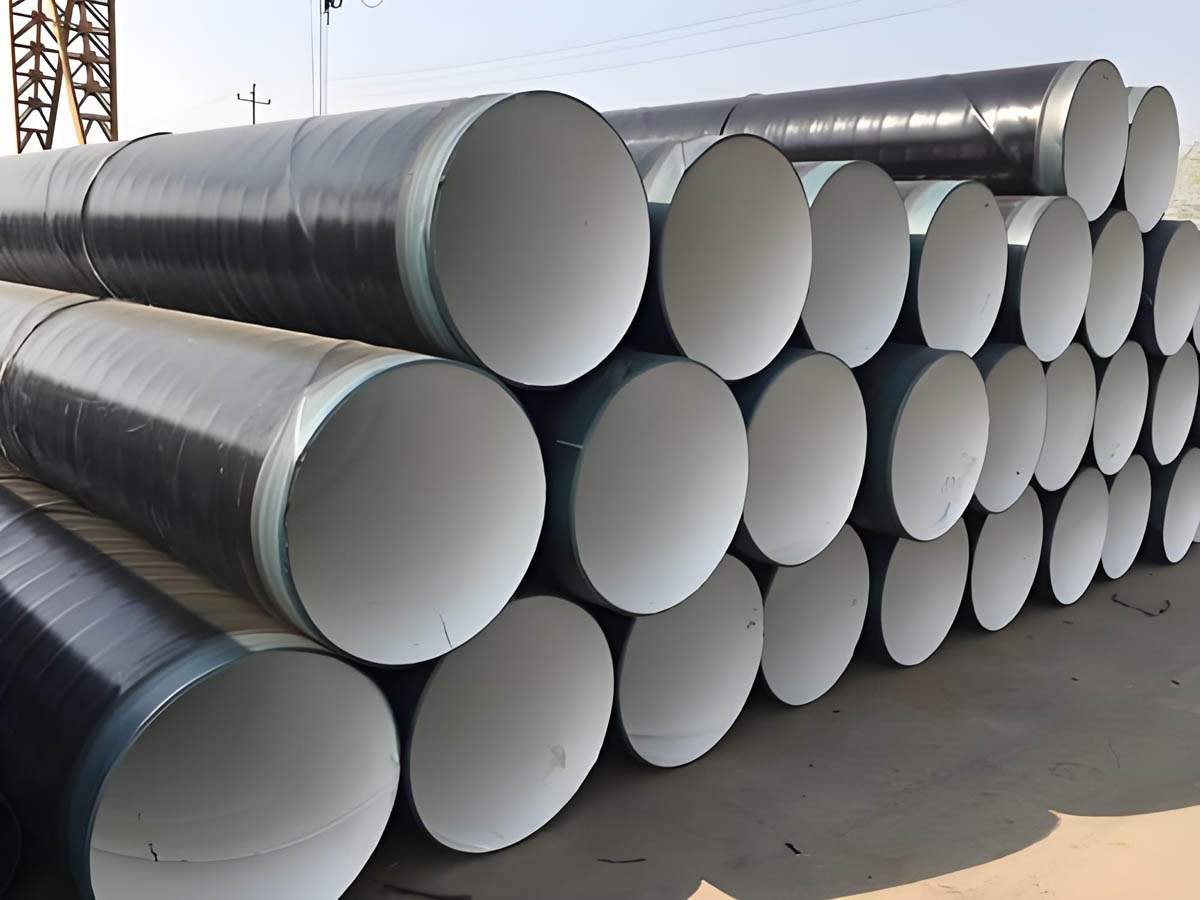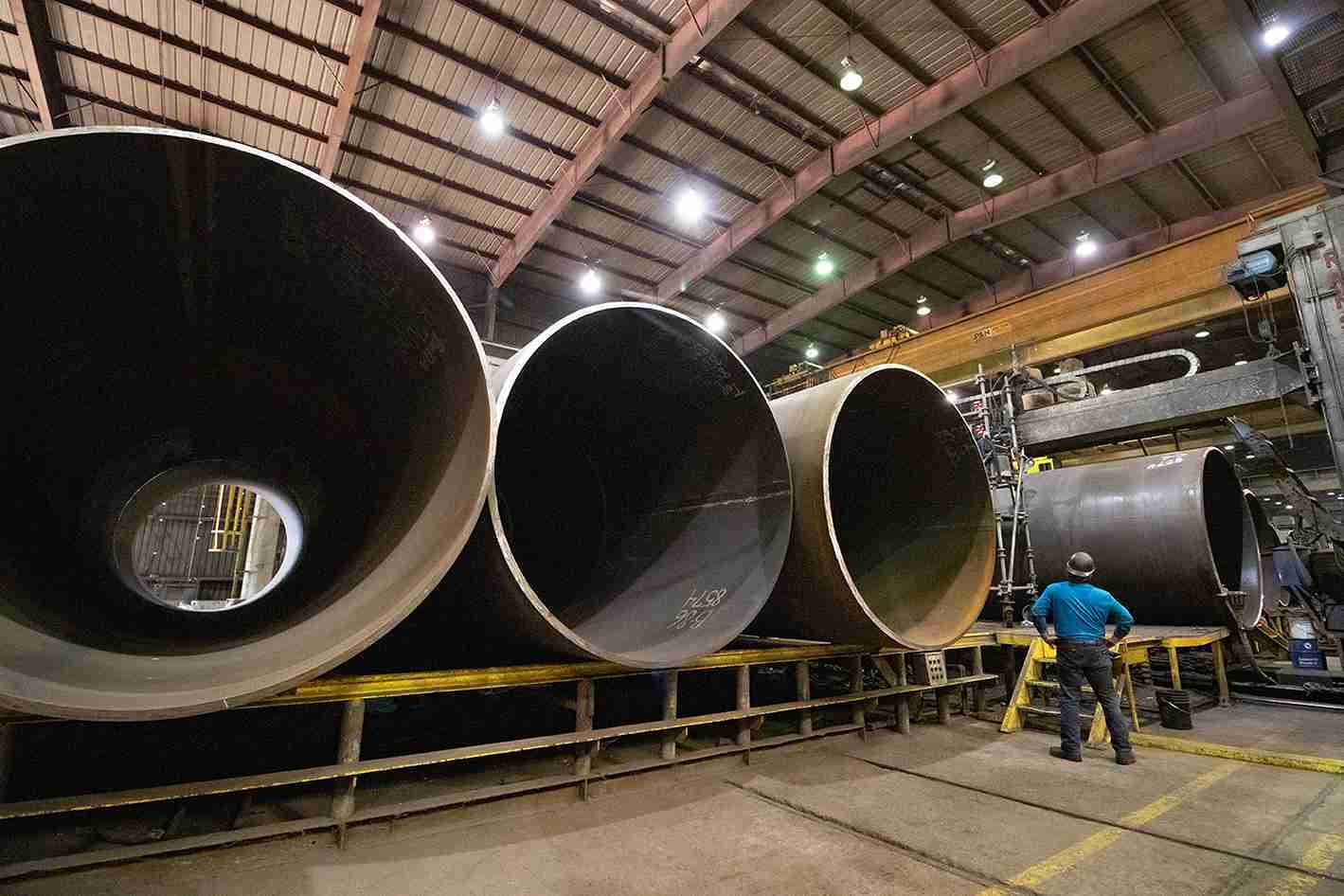ASTM A252 LSAW & DSAW Steel Pipe

ASTM A252 LSAW & DSAW Steel Pipe
ASTM A252 is a standard specification for welded and seamless steel pipe piles used in construction and structural applications. The pipes are primarily used for piling foundations, structural supports, and in some cases, for pressure service. Below is an overview of the features, manufacturing processes, and applications of ASTM A252 LSAW (Longitudinal Submerged Arc Welded) and DSAW (Double Submerged Arc Welded) steel pipes.
Key Features
- Standard: ASTM A252
- Grades:
- Grade 1
- Grade 2
- Grade 3
- Types:
- LSAW (Longitudinal Submerged Arc Welded)
- DSAW (Double Submerged Arc Welded)
- Sizes:
- Outside Diameter: 12” to 64” (304.8 mm to 1625.6 mm)
- Wall Thickness: 0.109” to 2.5” (2.77 mm to 63.5 mm)
- Lengths: Custom lengths as per project requirements
Chemical Composition
| Grade | Carbon (C) % (max) | Manganese (Mn) % (max) | Phosphorus (P) % (max) |
|---|---|---|---|
| 1 | 0.26 | 1.35 | 0.05 |
| 2 | 0.26 | 1.35 | 0.05 |
| 3 | 0.26 | 1.35 | 0.05 |
Mechanical Properties
| Grade | Yield Strength (min) | Tensile Strength (min) |
|---|---|---|
| 1 | 30,000 psi (205 MPa) | 50,000 psi (345 MPa) |
| 2 | 35,000 psi (240 MPa) | 60,000 psi (415 MPa) |
| 3 | 45,000 psi (310 MPa) | 66,000 psi (455 MPa) |
LSAW Manufacturing Process
- Plate Selection: High-quality steel plates chosen according to ASTM A252 requirements.
- Edge Preparation: Edges of the steel plates are beveled to create a V-shaped groove.
- Forming: Steel plates are formed into cylindrical shapes using press or roll bending machines.
- Tack Welding: Formed plates are tack-welded to maintain the shape.
- Submerged Arc Welding: Longitudinal seam is welded using submerged arc welding both internally and externally.
- Heat Treatment: Welded pipe may undergo heat treatment to relieve stress and improve properties.
- Inspection: Pipes undergo non-destructive tests such as ultrasonic testing and radiographic testing.
- Finishing: Final processes include end beveling, coating, and marking.
DSAW Manufacturing Process
- Plate Selection: High-quality steel plates chosen according to ASTM A252 requirements.
- Edge Preparation: Edges of the rolled plate are prepared to create V-shaped grooves.
- Forming: Plates are formed into cylindrical shapes using press or roll bending machines.
- Tack Welding: Formed plates are tack-welded to maintain the shape.
- Double Submerged Arc Welding: Pipe seam welded with an arc welder on both interior and exterior surfaces using submerged arc welding.
- Ultrasonic Inspection: Seam inspected by continuous ultrasonic automatic flaw detection.
- Cutting: Pipes cut into individual pieces.
- Hydrostatic Pressure Test: Each pipe undergoes hydrostatic pressure testing.
- Finishing: End processing, beveling, and coating as per specifications.
Applications
- Piling Foundations: Used as steel pipe piles in foundation construction for buildings, bridges, and other structures.
- Structural Supports: Provides structural support in various construction projects.
- Pressure Service: Suitable for use in pressure service applications in some cases.
Advantages
- High Strength: Capable of withstanding high pressure and stress.
- Dimensional Accuracy: Ensures precise control over pipe dimensions.
- Strong Weld Integrity: Longitudinal and double welds ensure robust and reliable seams.
- Versatility: Suitable for a wide range of applications and environments.
- Quality Assurance: Extensive testing ensures compliance with ASTM standards and high-quality output.






